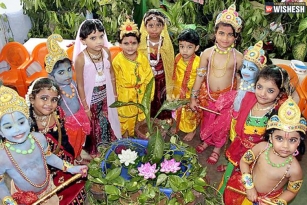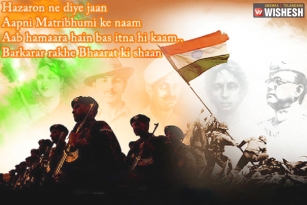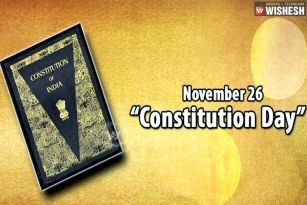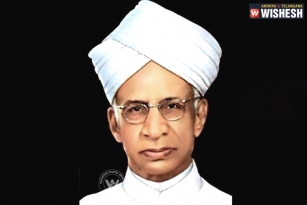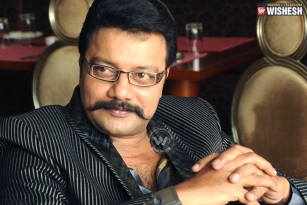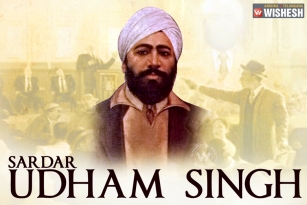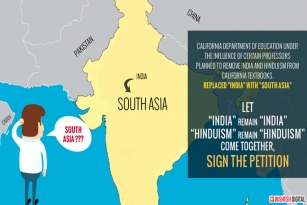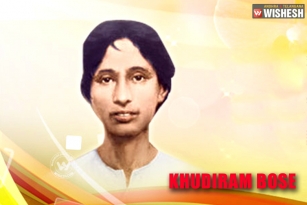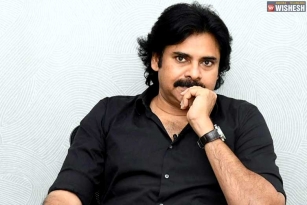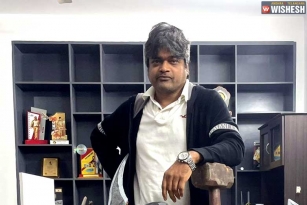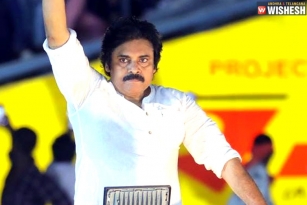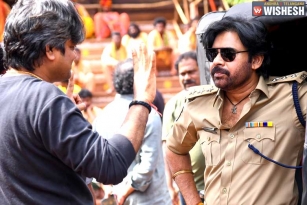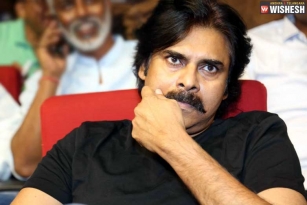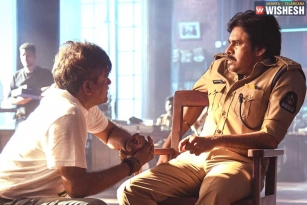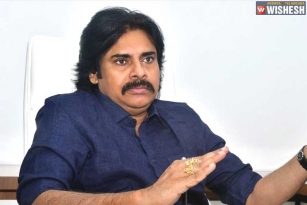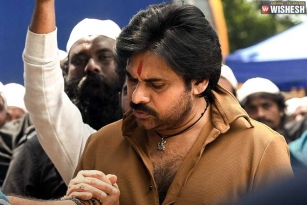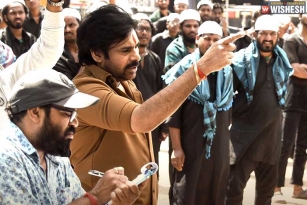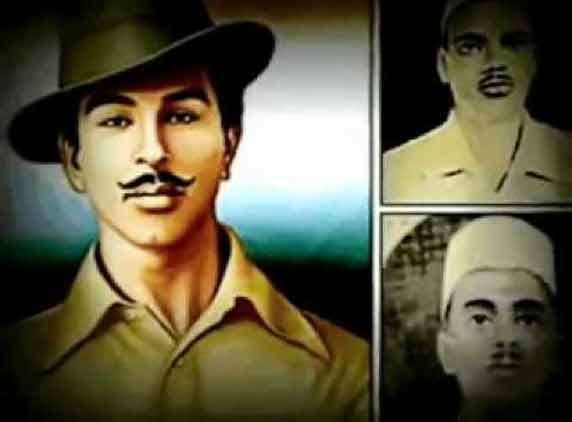
"Sarfaroshi kii tamannaa ab hamaare dil mein hai
Dekhnaa hai zor kitnaa baazu-e-qaatil mein hai.
Ek se karataa nahin kyon dusaraa kuchh baat-cheet
Dekhtaa hun main jise woh chup teri mehfil mein hai
Aye shaheed-e-mulk-o-millat main tere oopar nisaar
Ab teri himmat ka charchaa gair kii mehfil mein hai...."
~Ram Prasad Bismil
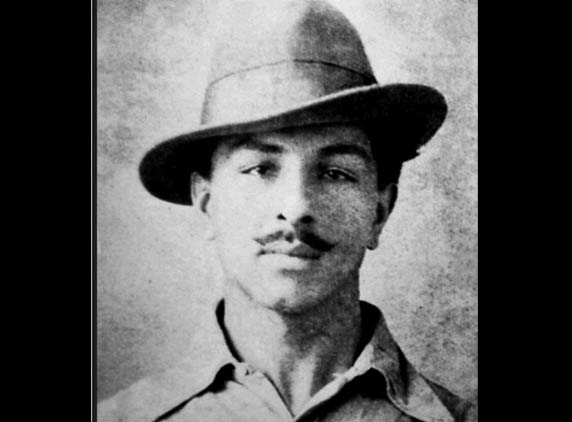
India completed 66 years of independence on August 15, which happens to be a major festival in the country. Come this day, right from a KG kid to aged person, everyone wakes up early in the morning and pays salutes to the tri-colour Indian National Flag. And not to forget the tonnes of patriotism, which is tucked deep under the layers of hearts due to mechanical life, comes out on this day making everyone think, talk and propagate the greatness of scores of million heroes who fought the British's imperialism and got independence to India. One among them is Shaheed Bhagat Singh, a young man who welcomed the execution statement for Mother India and became a martyr. Hail Bhagat Singh, Rajguru and Sukhdev, who were hanged to death 23 March 1931.

In fact, when the history of Indian freedom struggle unfolds it's pages, a few names often leave goosebumps and one among them is Shaheed Bhagat Singh. Born into a Sikh family in Punjab, Bhagat Singh revolted British's imperialistic policies. He was the person who used the slogan “Inquilab Zindabad, Samrajyawaada Murdabaad. (Long live revolution, down with imperialism). Bhagat Singh during his college days approached Hindustan Republican Association (HRA). HRA was formed by a few youths and its manifesto was titled The Revolutionary. The pamphlet The Revolutionary was published in 1925 and it criticized the approach and policies of MK Gandhi. The manifesto appealed young Indians to join HRA and promised equal opportunity to all irrespective of social status.
Early life of Bhagat:
Bhagat Singh was born into a farmers' family on September 28 in British India's Punjab (Lahore district) (which is now in Pakistan). His father Kishan Singh admitted him to Dayanand Vedic High School where his sense of patriotism became stronger. When he was a child, he supported Gandhi's Satyagraha movement. He held placards in streets and burnt the foreign goods. The movement didn't even last for two years as Gandhi suspended it abruptly. Bhagat Singh was disappointed over the suspension of movement and that's where he apparently lost trust on Gandhi.

Jallianwalabagh incident and Bhagat Singh:
Over 20,000 persons peacefully gathered at a public garden in Jallianwala Bagh to discuss the Satyagaraha call given by Mahatma Gandhi. General Reginald Dyer opened fire at the mob allegedly, which claimed thousands of lives. Unable to know where to escape, the people jumped into the nearby well and it was soon filled with people, who later died of suffocation.
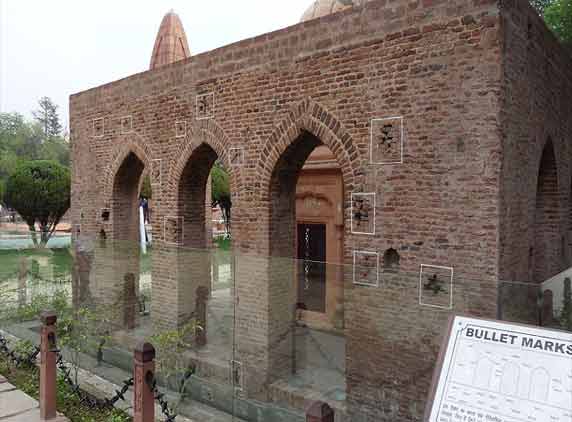
Jallianwalabagan massacre shook Bhagat Singh. He was just 12 years old then. Bhagat Singh then collected the mud filled with blood of Indians in a small jar. This was his first incident, which made him think that he should fight the British Raj.
Early college life:
Bhagat Singh joined the National College in Lahore in 1923. He was a brilliant student and showed excellence in not just studies but even in extra curricular activities. He wrote several essays on the essence of Punjabi language and won many awards. In the same year, he hears about Hindustan Republican Association run by a group of people headed by Chandrashekar Azad. There were three factions in HRA—Lahore faction, Kanpur faction and Bengal faction.
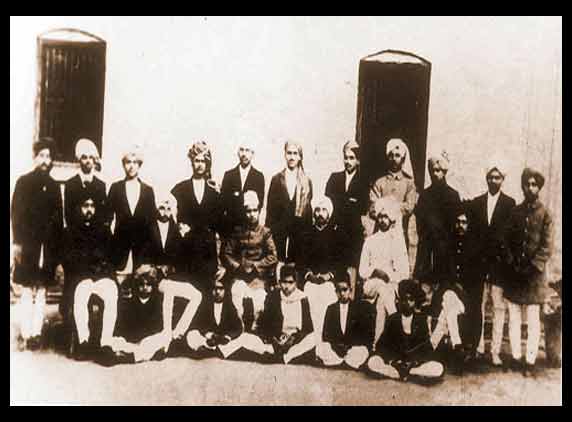
(Bhagat Singh standing fourth from right)
Members of HRA initially deny to accept Bhagat Singh into the association looking at his tender age, they will be moved by the determination of Bhagat. The members will then let Bhagat Singh to be a part and parcel of HRA. It was in the HRA, Bhagat Singh meets Chandrashekar Azad, who led the Kanpur faction. Bhagat Singh used to take care of Lahore faction while Bengal faction was led by Phanindra Nath Ghosh.
Simon Commission:
The British Raj appointed a seven member committee to study the British Raj administration in 1927 with Sir Simon as its head and it was called Simon Commission. Indians were opposed to it since the commission didn't contain at least a single Indian. When Simon arrived in Lahore in 1928, Lala Lajapati Rai along with Bhagat Singh, Sukhdev, Rajguru and others raise slogans at the railway station where Simon arrived. Displaying black flags and raising slogans such as Simon go back, the strike became so intense that the police opened lathicharge in order to pave way to Simon. Lalalajapati Rai was specifically targetted and injured him severely and he later succumbed to the lathi injuries. This act irked Bhagat Singh, which made him take a revenge.
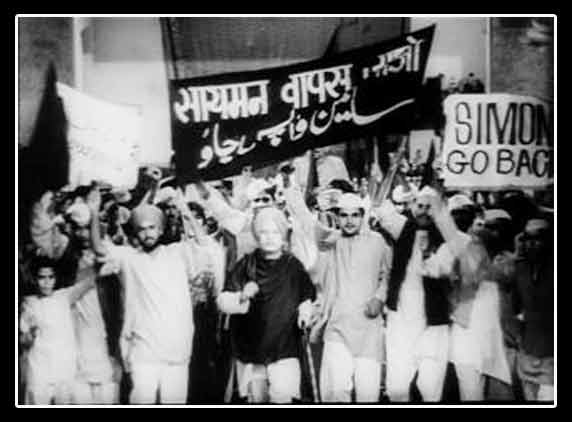
Formation of HSRA:
When Congress asks for dominion status, HRA pitched for purna swaraj (complete freedom) and this purna swaraj ideology was later copied by Congress. Bhagat Singh then changed HRA to Hindustan Socialist Republican Association (HSRA) in 1928. He said complete freedom was not the aim of HSRA. He said he wanted that freedom, wherein everyone would enjoy equal status irrespective of caste, creed, religion and sex.
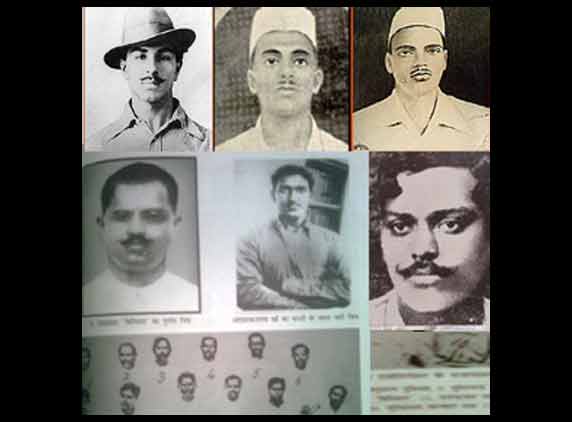
Bengal faction, Kanpur faction and Lahor faction was merged into one to form HSRA at Feroz Shah Kotla grounds in Delhi. Bhagat Singh declared the group at this grounds that the main aim of HSRA was socialism. The in charge of HSRA was Bhagat Singh and commander-in-chief was Chandrashekar Azad.
Bhagat Singh kills JP Saunders:
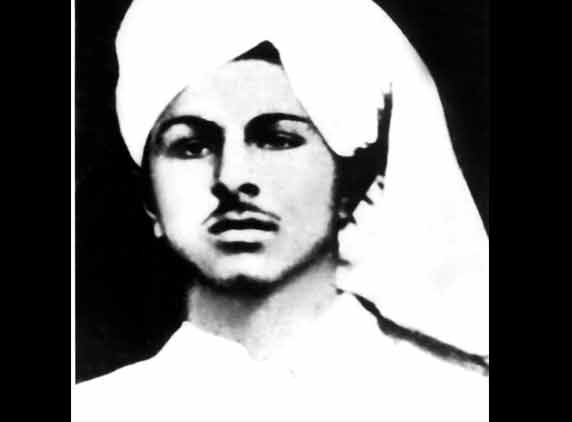
To avenge the death of Lala Lajapati Rai, HSRA decides to eliminate Scott (one who lathicharged Lala Lajapathi Rai heavily). According to the sketch, Jai Gopal would give signal to Bhagat Singh, Rajguru, and Chandrashekar Azad the moment Scott leaves the office. Jai Gopal misidentified JP Saunders and thinks he was Scott. He signals Bhagat Singh and team, who will kill Saunders on 17 December 1928 in Lahore. HSRA acknowledged the assasination of the murder of Saunders by sticking posters, which read:
"JP Saunders is dead; Lala Lajpat Rai is avenged.... In this man has died an agent of the British authority in India.... Sorry for the bloodshed of the human being, but the sacrifice of individuals at the altar of revolution...is inevitable."
Bhagat Singh removes his turban:
After the murder of Saunders, British Raj gets a clue that a man with turban named Bhagat Singh was the main person, who has been creating troubles to them. The police then tries to catch hold of every turban man to enquire. In order to evade the police, Bhagat Singh removes his turban and puts a hat on his head.
Smoke bomb and Bhagat Singh:
Bhagat Singh sketches the fake bomb plan wherein a bomb would be thrown at the assembly just to create sound (and not to kill anyone). This was mainly to ensure that they get surrendered so that they can tell people that terrorism was not their aim but independence. Also, leaflets were thrown in the Central Hall of the Assembly, which read that they did this act as a mark of protest against the Trade Dispute and Public Safety Bill. Bhattakeshwar Dutt and Bhagat Singh threw bombs on April 8, 1929 and they surrender themselves to the police. They raised slogans “Inquilab Zindabad,” when they threw bombs.
Bhagat Singh and team fasts at jail:
Demanding quality food and books (since they were political prisoners) Bhagat Singh and his team undergoes fast reportedly for over two months. The jail authorities tried to break the fast in all possible ways but to no avail. On 63rd day of hunger strike, Jatindranath Das (one of the followers of Bhagat Singh) died at the jail.
After his death, Lord Irwin informed the British prime minister. He wrote a letter, which read: “Jatin Das of the Conspiracy Case, who was on hunger strike, died this afternoon at 1 last night, five of the hunger strikers gave up their hunger strike. So there are only Bhagat Singh and Dutt who are on strike..."
Bhagat Singh at last gave up his 116-day-long hunger strike after his father Kishan Singh requested him.
HSRA member turns approver:
One of the members of HSRA, Kailash Patil was arrested in 1930. He gives up the aims and oath of HSRA and identifies all the members of HSRA including Bhagat Singh. Raj Guru surrenders himself before the court and Bhagat Singh, Rajguru and Sukhdev were charged with murder of Saunders. The Lahore Conspiracy Case trial went on for a couple of months and the court gave its verdict, which stated that Bhagat Singh, Sukhdev and Rajguru should be hanged to death.
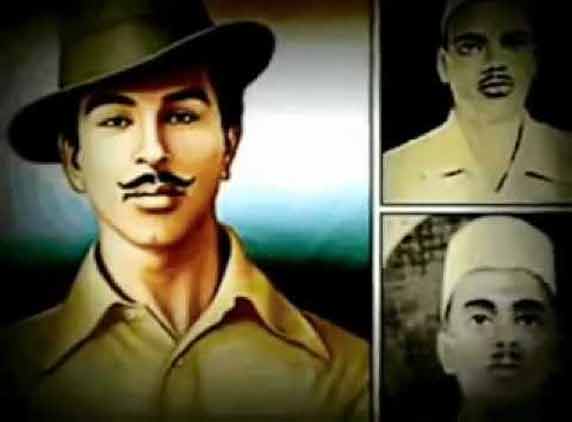
Execution of Bhagat Singh:
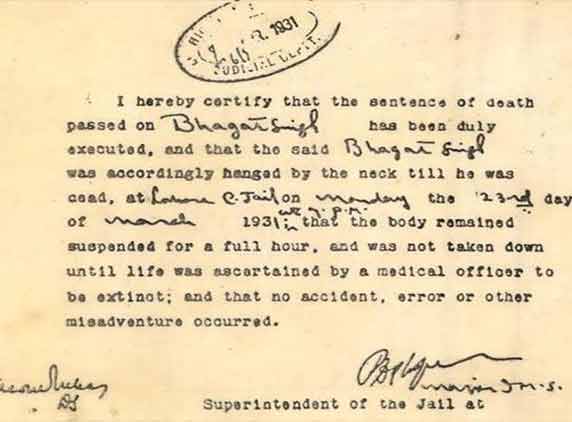
The court held Bhagat Singh, Sukhdev and Rajguru guilty of offence in Lahore Conspiracy Case and ordered that they be hanged on Match 24, 1931. However, on March 17, the home secretary sent a tele gram to the jail authorities to advance the execution by 11 hours. Bhagat Singh, Rajguru and Sukhdev were hanged on 23 March, 1931 at 7.30 pm. The jail authorities secretly broke the rear wall of the jail and cremated the trio since a large number of followers were outside the jail. The method of execution and no interference by Congress to save the lives of the trio drew heavy criticism from large number of people in the country.
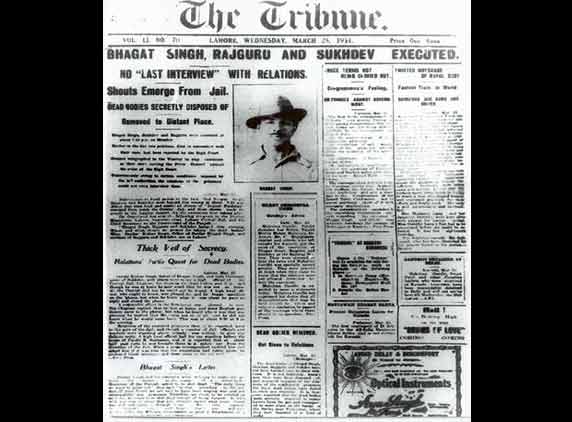
The execution of Bhagat Singh, Rajguru and Sukhdev were covered by the press since the execution was on the eve of annual convention of Congress party at Karachi. Several people reportedly held black flags and criticized Gandhi. New York Times then reported:
"A reign of terror in the city of Cawnpore in the United Provinces and an attack on Mahatma Gandhi by a youth outside Karachi were among the answers of the Indian extremists today to the hanging of Bhagat Singh and two fellow-assassins."
Bhagat Singh was a real hero that country ever witnessed. Wishesh team pays rich tribute to Shaheed Bhagat Singh as India completed 66 years of independence.
(AW Phani)



